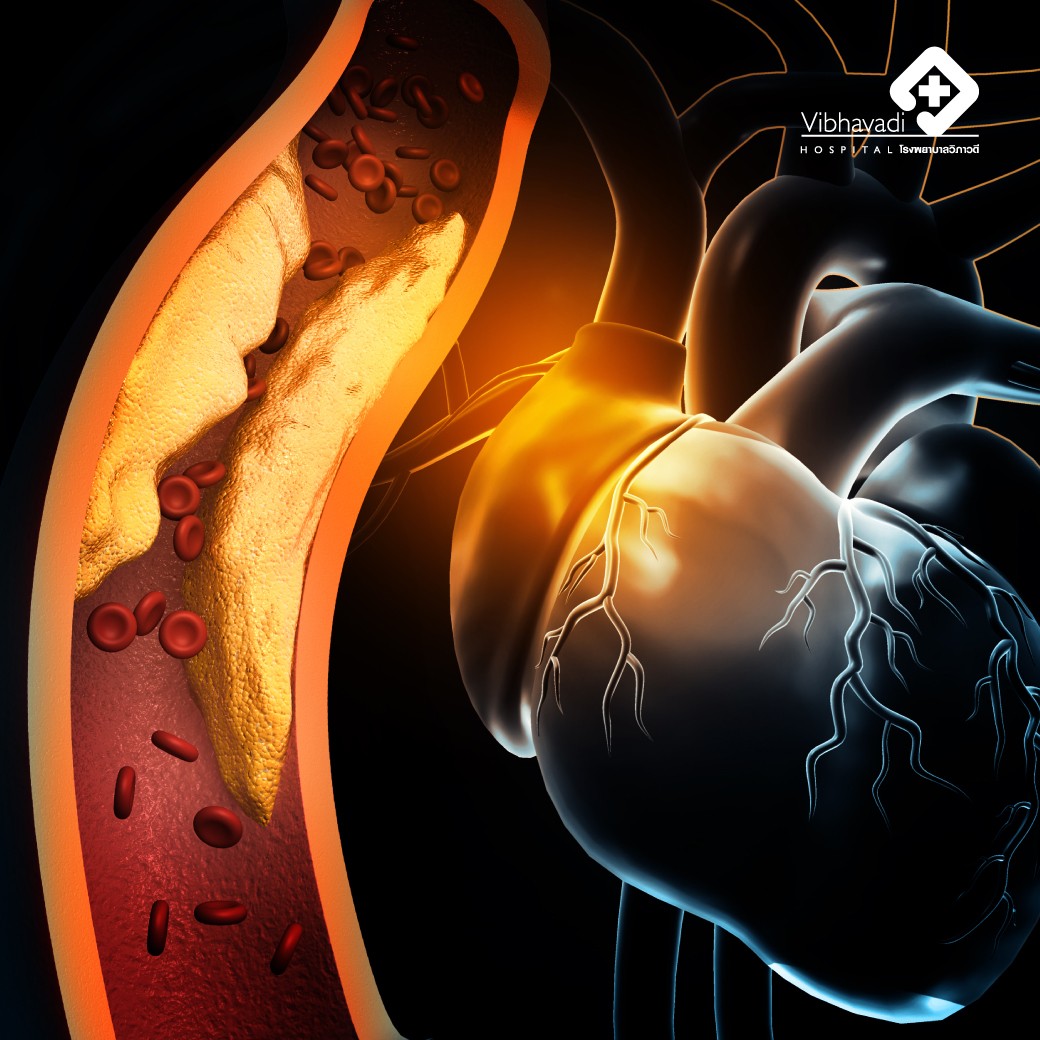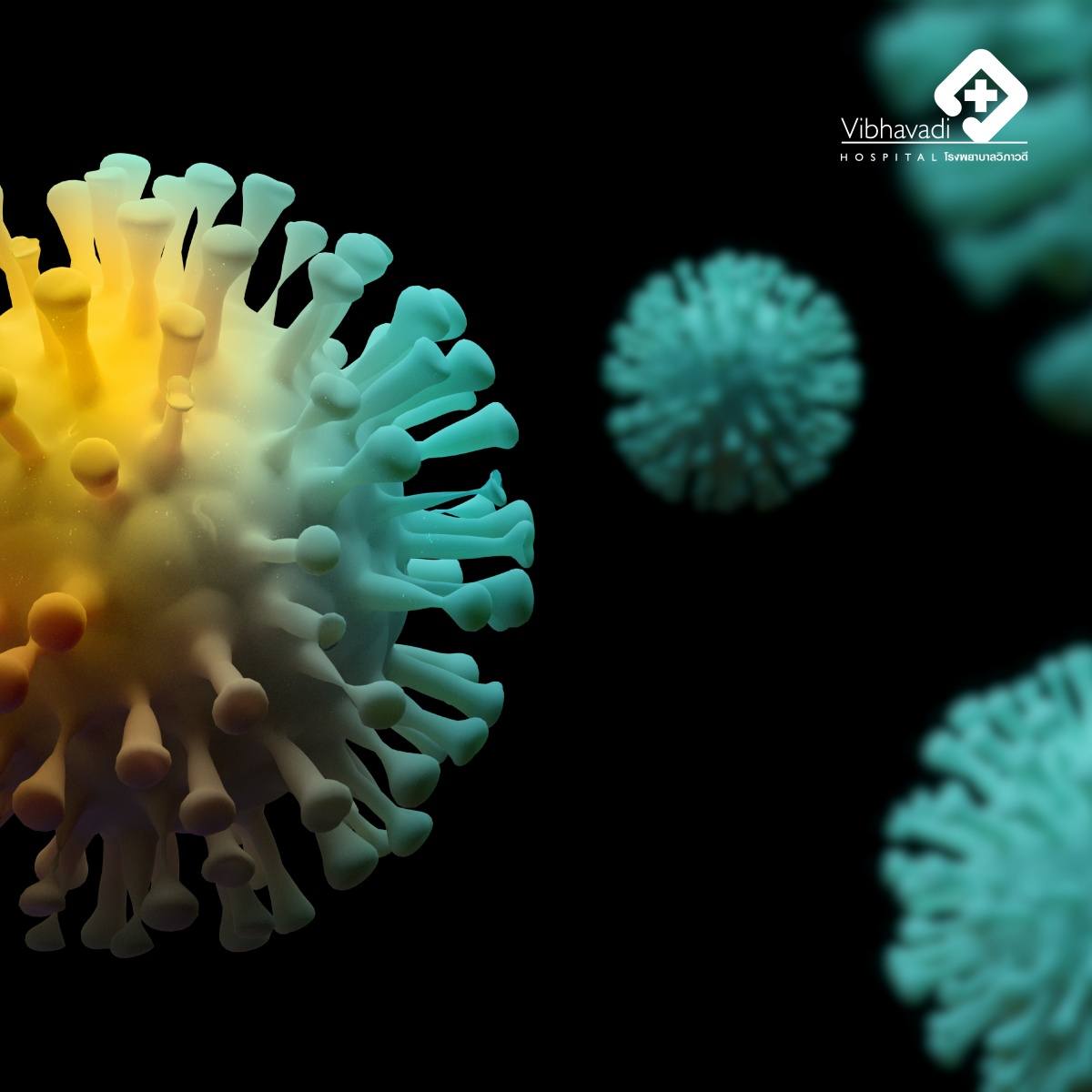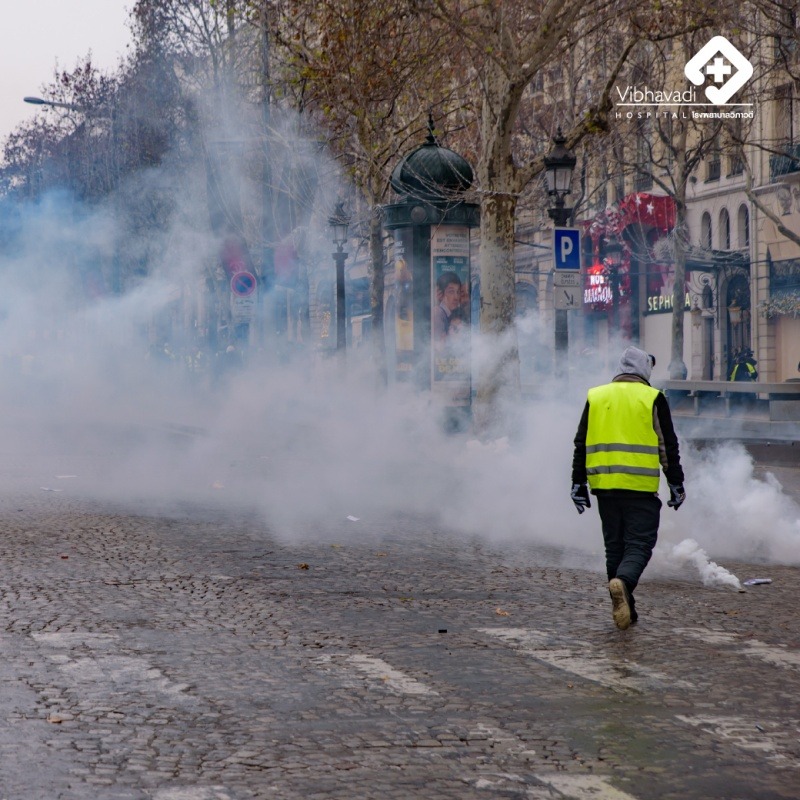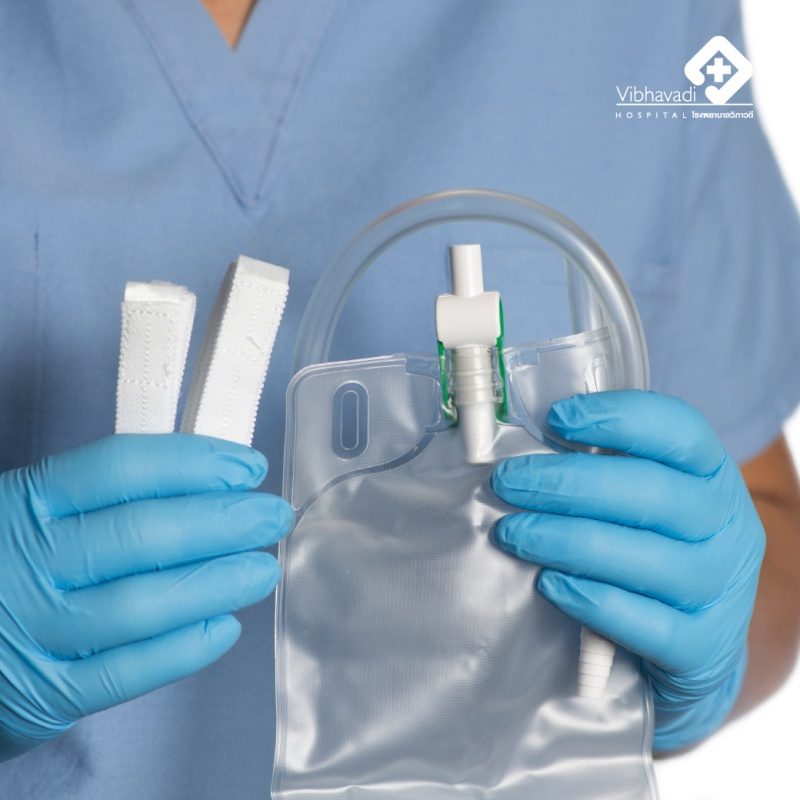Trigger Finger: A Common Occupational Hazard
Trigger finger, or stenosing tenosynovitis, is a condition resulting from inflammation of the sheath surrounding the flexor tendons in the palm near the base of the fingers. This condition can affect any finger and occurs due to the thickening of the tendon sheath at the base of the finger, making it difficult for the tendon to move through the sheath, leading to locking or pain.
This condition is more commonly seen in women, particularly middle-aged women, and is often associated with activities that require prolonged and repetitive use of the hands, such as household chores, carrying heavy objects, lifting, using scissors for gardening or cutting fabric, and extended use of mobile phones or tablets. These activities increase the risk of developing trigger finger.
Symptoms
1. Pain at the base of the finger, which may feel stiff, especially in the morning.
2. A clicking or snapping sensation when moving the finger, sometimes with a palpable nodule at the base of the finger.
3. Tightness and a feeling of a bump at the base of the affected finger.
4. The finger may lock in a bent position but can still be manually straightened.
5. The finger may lock in a bent position and cannot be manually straightened.
Treatment Methods
1.Resting the Affected Hand: Avoid using the affected hand and refrain from repetitive finger movements for at least 2 weeks.
2.Warm Soaks and Massage: Soak the base of the finger in warm water and massage it, stretching the fingers as much as possible, especially in the morning, for at least 5-10 minutes daily.
3.Using a Finger Splint: Wear a finger splint to keep the finger in an extended position, preventing it from bending, particularly at night to reduce morning stiffness.
4.Physical Therapy: Includes using heat packs, gentle massage, stretching exercises, and using splints, often combined with medication and is effective in the early stages.
5.Medications: Non-steroidal anti-inflammatory drugs (NSAIDs) to reduce tendon sheath inflammation. However, these medications have side effects and should be used under medical supervision.
6.Steroid Injections: For those with persistent symptoms, a doctor may inject steroids into the tendon sheath to reduce inflammation, pain, and swelling. This should only be done by a qualified physician. While effective, steroid injections are considered temporary and may need to be repeated if symptoms recur, usually within 3-6 months. It is not recommended to have more than two injections in the same finger.
7.Surgery: There are two surgical options:
-Open Release Surgery: Performed in an operating room under local anesthesia, involving a small incision (about 1 cm) to release the tendon sheath, allowing the tendon to move freely. Post-surgery, heavy hand use should be avoided for about 2 weeks, and stitches are usually removed 10-14 days after surgery.
-Percutaneous Release Surgery: Involves using a needle to release the tendon sheath. This method results in a smaller wound (about 2 mm), allowing for quicker recovery. However, it has higher equipment costs and carries a risk of damaging blood vessels or nerves, particularly in the thumb and index finger, as nerves are close to the surgical site. This method is suitable for patients with more advanced stages of the condition.
In general, surgery offers the best chance of preventing recurrence of trigger finger.















